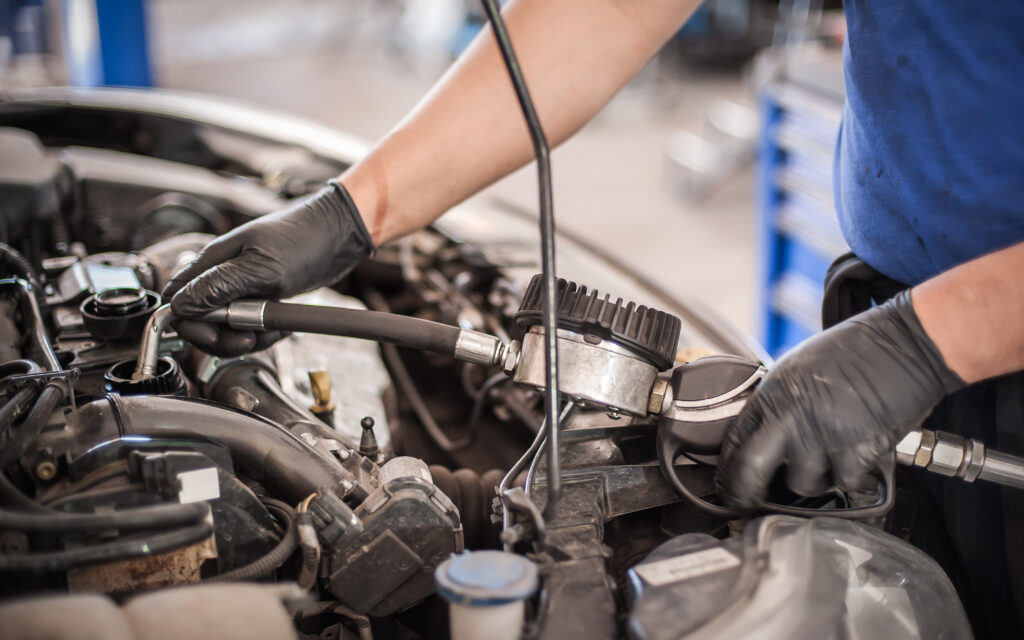Shock and strut mounts play a crucial role in the overall performance and safety of a vehicle’s suspension system. These mounts are components that connect the shock absorbers and struts to the vehicle’s chassis. Their primary function is to provide a secure and flexible attachment point, allowing the shocks and struts to effectively absorb and dampen the impact of uneven road surfaces.
By maintaining a proper connection between the suspension components and the chassis, shock and strut mounts contribute to a smoother ride experience. They also play a crucial role in preserving the integrity of other suspension parts, such as the shocks and struts, by reducing the stress and wear on these components.

Let’s take a closer look at the different functions of shock and strut mounts:
Functionality of Shock and Strut Mounts
The functionality of shock and strut mounts is integral to the proper operation of a vehicle’s suspension system, playing a key role in enhancing ride comfort, stability, and overall safety. These mounts serve several important functions:
Absorption of Shocks and Vibrations
Shock and strut mounts act as a cushion between the vehicle’s frame and the suspension components. They absorb and dampen the shocks and vibrations generated as the vehicle encounters uneven road surfaces, bumps, or potholes.
Isolation of Noise and Vibration
By providing a flexible connection between the suspension system and the chassis, these mounts help isolate noise and vibrations generated during driving. This isolation contributes to a quieter and more comfortable ride experience for the vehicle’s occupants.
Enhancement of Ride Comfort
Shock and strut mounts contribute significantly to the overall ride comfort by preventing direct transmission of road shocks to the vehicle’s frame. A well-functioning mount ensures that the impact of road irregularities is absorbed, resulting in a smoother and more enjoyable driving experience.
Maintenance of Wheel Alignment
Properly functioning mounts help maintain wheel alignment by allowing controlled movement of the suspension components. This contributes to stable handling and ensures that the vehicle maintains its intended trajectory during maneuvers.
Support for Weight Distribution
Shock and strut mounts assist in distributing the weight of the vehicle evenly across all wheels, contributing to balanced handling and improved traction.

Signs of Worn or Faulty Mounts
Here are some signs of worn or faulty mounts that need to be replaced:
- Unusual Noises: Clunking, banging, or thudding noises during driving, especially when going over bumps or rough terrain, can indicate worn or damaged.
- Vibrations or Rattling Sensations: Excessive vibrations felt in the steering wheel or throughout the vehicle, particularly at different speeds, may be a sign of deteriorating shock or strut mounts.
- Uneven Tire Wear: Uneven wear patterns on tires, such as cupping or scalloping, can suggest issues with the suspension system, including worn mounts.
- Excessive Bouncing: If the vehicle bounces excessively after going over a bump or dip, it could indicate that the shock or strut mounts are no longer effectively dampening the suspension.
- Visible Wear or Damage: Inspect the mounts visually for signs of wear, cracking, or physical damage. Damaged rubber components or visible deterioration indicate a need for replacement.
- Misaligned Wheels: A sudden change in wheel alignment or difficulty maintaining proper alignment may be attributed to worn or faulty mounts affecting the suspension’s ability to keep the wheels in their correct position.
- Fluid Leaks: Fluid leaks around the shock absorbers or struts may indicate a failure in the mounts, as the leaking fluid could compromise the mount’s effectiveness.
- Excessive Body Roll: Increased body roll during cornering or swaying when making turns can be a sign of weakened or worn shock and strut mounts.
- Knocking Sound when Turning: Knocking sounds when turning the steering wheel may suggest issues with the mounts, as they play a role in supporting the steering components.
- Increased Tire Noise: Unusual tire noise, especially if it becomes more pronounced over time, could be related to worn or damaged shock and strut mounts.
Timely intervention is crucial to prevent further suspension damage, ensuring a smoother ride, optimal handling, and enhanced safety. As a general guideline, if your vehicle exhibits any of these indicators or has surpassed recommended mileage, replacing worn or faulty shock and strut mounts promptly is essential for maintaining overall suspension performance and extending the lifespan of your vehicle’s components.

Use a Professional
Professionals employ a meticulous approach when inspecting and installing shock and strut mounts. Specialized tools are used by mechanics to ensure precise measurements and alignment. Proper alignment and installation can be difficult if you don’t know what exactly you are looking for, so consider using a professional to do the job for you.
Ray’s Muffler can take care of all your car maintenance and repair needs. Our professionals are meticulously trained to identify issues and appropriately fix them. Contact us to schedule your appointment.



